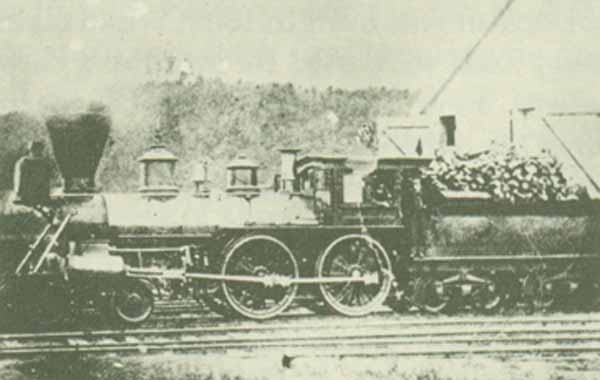
Great Western Railroad
In 1837, the State of Illinois, under its Internal Improvements Act, began construction of a railroad between Jacksonville
and
Meredosia on the Illinois River. It was initially known as the Northern Cross Railroad, and it was later extended to Springfield,
where the first train arrived in February 1842. Due to economic difficulties, the state sold the railroad at auction in
Springfield on April 26, 1847. Nicholas H. Ridgely and Joel Matteson purchased it for $21,000. Matteson later sold his interest
to
Ridgely for $13,500, and Ridgely in turn sold out to the Sangamon and Morgan Railroad Company, which had been formed in 1855
for
the purpose of buying the Northern Cross Railroad. As the Sangamon and Morgan Railroad, the line was extended to the Indiana
state
line and by November 1856, it had reached Toledo, Ohio. The Illinois state legislature changed the name to The Great Western
Railroad in February 1853. In 1865, it became the Toledo and Wabash Railroad; in 1877, the Wabash Railroad; in 1879, the Wabash,
St. Louis and Pacific Railroad; and in 1884, the Wabash Railroad. The railroad's depot in Springfield is best known as the
site of
Abraham Lincoln’s famous farewell address in 1861 as he left to assume the Presidency.
O. T. Barton, ed., History of Macon County 1976 (Decatur, IL: Macon County Historical Society, 1976), 121 ; J.
Hickey, (Vertical Files of the Sangamon Valley Collection: History of Great Western Railroad), 1-4.
Illustration courtesy of the Abraham Lincoln Presidential Library, Springfield, IL.